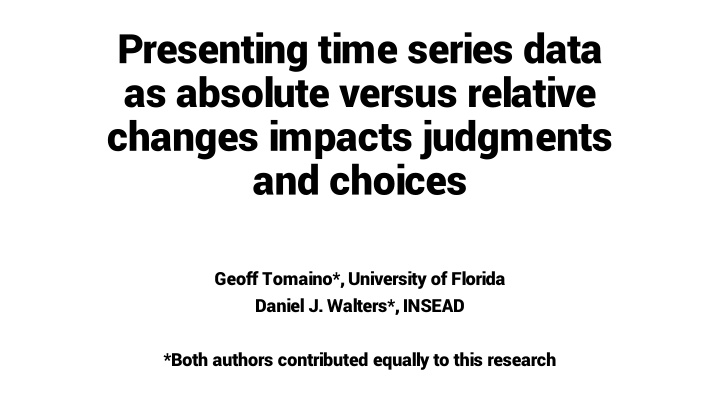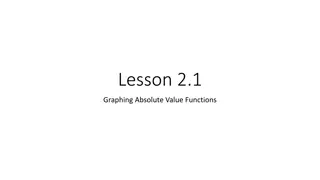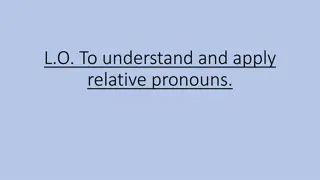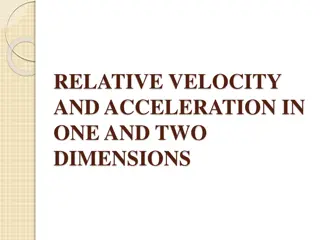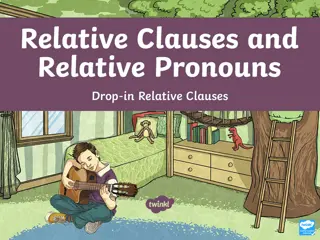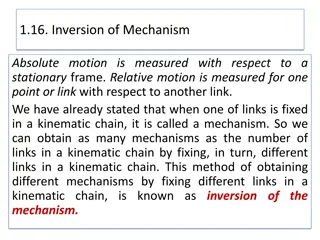Presenting time series data as absolute versus relative changes impacts judgments and choices
Lay individuals interpreting COVID-19 data as data scientists, exploring how people interpret visual representations of time series data and the impact of presenting absolute versus relative changes on judgments and choices.
Download Presentation

Please find below an Image/Link to download the presentation.
The content on the website is provided AS IS for your information and personal use only. It may not be sold, licensed, or shared on other websites without obtaining consent from the author.If you encounter any issues during the download, it is possible that the publisher has removed the file from their server.
You are allowed to download the files provided on this website for personal or commercial use, subject to the condition that they are used lawfully. All files are the property of their respective owners.
The content on the website is provided AS IS for your information and personal use only. It may not be sold, licensed, or shared on other websites without obtaining consent from the author.
E N D
Presentation Transcript
Presenting time series data as absolute versus relative changes impacts judgments and choices Geoff Tomaino*, University of Florida Daniel J. Walters*, INSEAD *Both authors contributed equally to this research
Throughout the COVID-19 pandemic, lay-individuals became data scientists, interpreting COVID-19 case rates and organizing their lives around their interpretations. Source: The New York Times
But, how were people interpreting these charts? More generally, how do people interpret visual representations of times series data, which likewise show up in other consequential settings such as investing? Source: Google
We explored how a presenters choice in how to represent changes could impact judgments and choices. In particular, we looked at how people interpret visual representations of absolute changes (e.g., 100 new COVID-19 cases) and relative changes (e.g., a 2% increase in COVID-19 cases) differently. Because relative changes are calculated relative to a running stock, the same changes presented in relative terms often exhibit a downward visual slope. We predicted this visual difference across charts would lead to corresponding different judgments.
In our main study (conducted in 2020), we showed participants up-to- date U.S. COVID-19 data in either absolute or relative terms: Absolute Chart Relative Chart
Participants that saw the absolute chart donated more of a bonus payment to a COVID-19 related charity than those who saw the relative chart. We then followed up two days later and found that the absolute chart group was less likely to have broken stay-at-home guidelines than the relative chart group. These results suggest that those who saw the absolute chart, with the more upward visual trend, felt that COVID-19 represented a more serious threat.
More generally, these results show that a presenters choice in chart type can have serious implications for consumer judgments. Despite viewing the same fundamental data, we found that consumers still rely on the different visual representations across chart types to develop their judgments. Thus, data presenters ought to carefully consider how they make their choice in chart type.
Geoff Tomaino* (Geoffrey.Tomaino@ufl.edu) Daniel J. Walters* (Daniel.Walters@insead.edu) *Both authors contributed equally to this research
